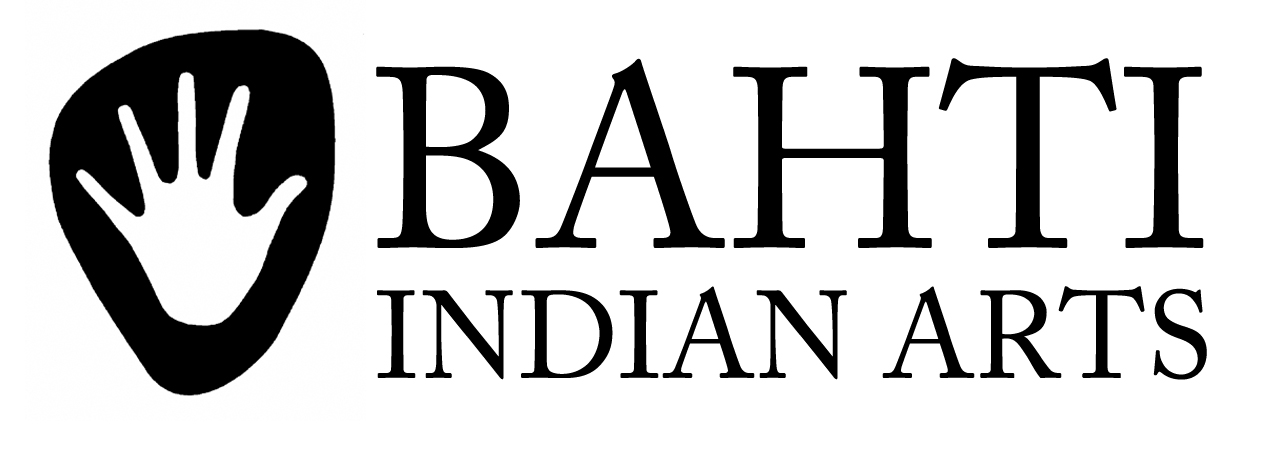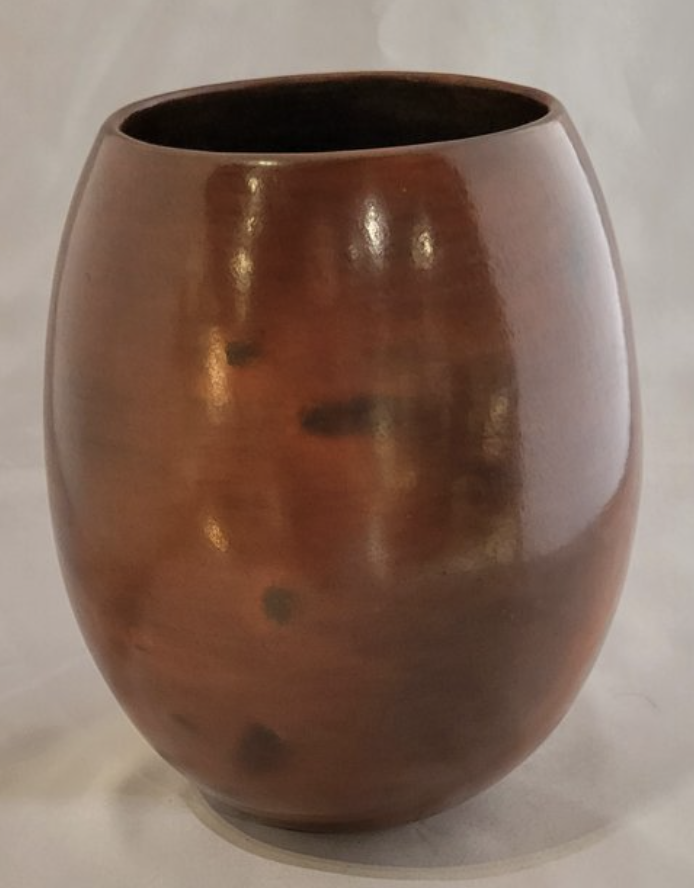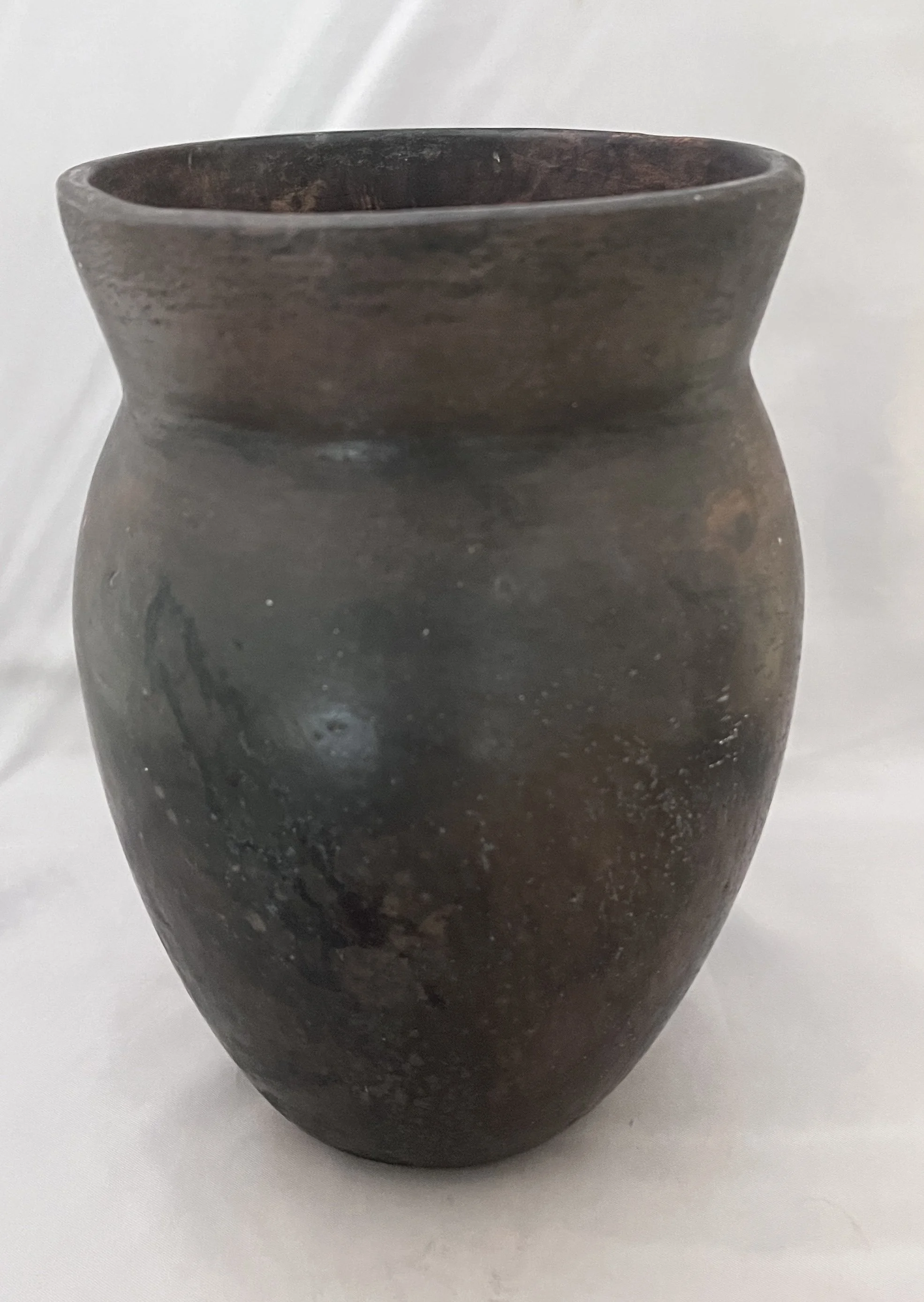Traditional Navajo pottery has changed much over the centuries. At one time they made not only very large storage jars, but also painted pottery. Then, sometime in the 1800s, the hataathli or Medicine Men decreed that painted pottery was off limits – too dangerous to make. Plainware then dominated. Most were coated with pinyon pitch immediately after firing to make them waterproof. Cooking pots, drums and serving bowls were made. It was beginning to disappear by the late 1940s, with only one Navajo family making pottery.
It was revived in the 1950s largely to the efforts of Navajo potter Rose Williams and Bill Beaver, a trader fluent in Navajo, who liked the pottery and worked closely with the potters. On his first venture to sell Navajo pottery to shops he was having no luck until he came into my father's shop: dad bought every single piece he had.
All are in Tucson, unless otherwise noted. There are also some figurative pieces in the Treasure Chest Gallery
Two views each of two 3 dimensional pictorial vases by Elizabeth Manygoats. The first one (with the reader and the roper) is 4.5 by 4.75 inches and $190 The next, with the weaver and the wandering horse is 5.5 by 6 inches is SOLD.
The first two vases by Ken WIlliams are each 7.75 inches tall. Alternating male (round head) and female (square head) yei’i figures. Each is $180. The third is also by Williams and it 6.5 inches tall with an elaborate terraced opening. Also $180.
A beautiful tall vase by Susie Williams Crank. This one is 7.5 inches tall and 5.5 inches wide. $255. Also by Susie Williams Crank, this vessel measures 4 inches high and 5 inches across. $150. The one with the square mouth is 5 inches tall and 4.5 inches across. $255.
Beautiful, hand-built, fired and sgraffito work miniature seed jars by Wallace Nez. Included are a deer and butterfly $500, a horse, SOLD; a Bluejay $400; Eagle $400.
Two vases, each embellished with horned lizard motifs. The one at left is by Elizabeth Manygoats and standing 8 inches tall and SOLD. The one at right was made by her mother, Betty Manygoats, It was Betty who originated this style; it is 9 inches tall and $300.
Called ‘cheii’ in Navajo (meaning ‘grandfather’) horned lizards are associated with Navajo traditional healers, known as Hatahli.























